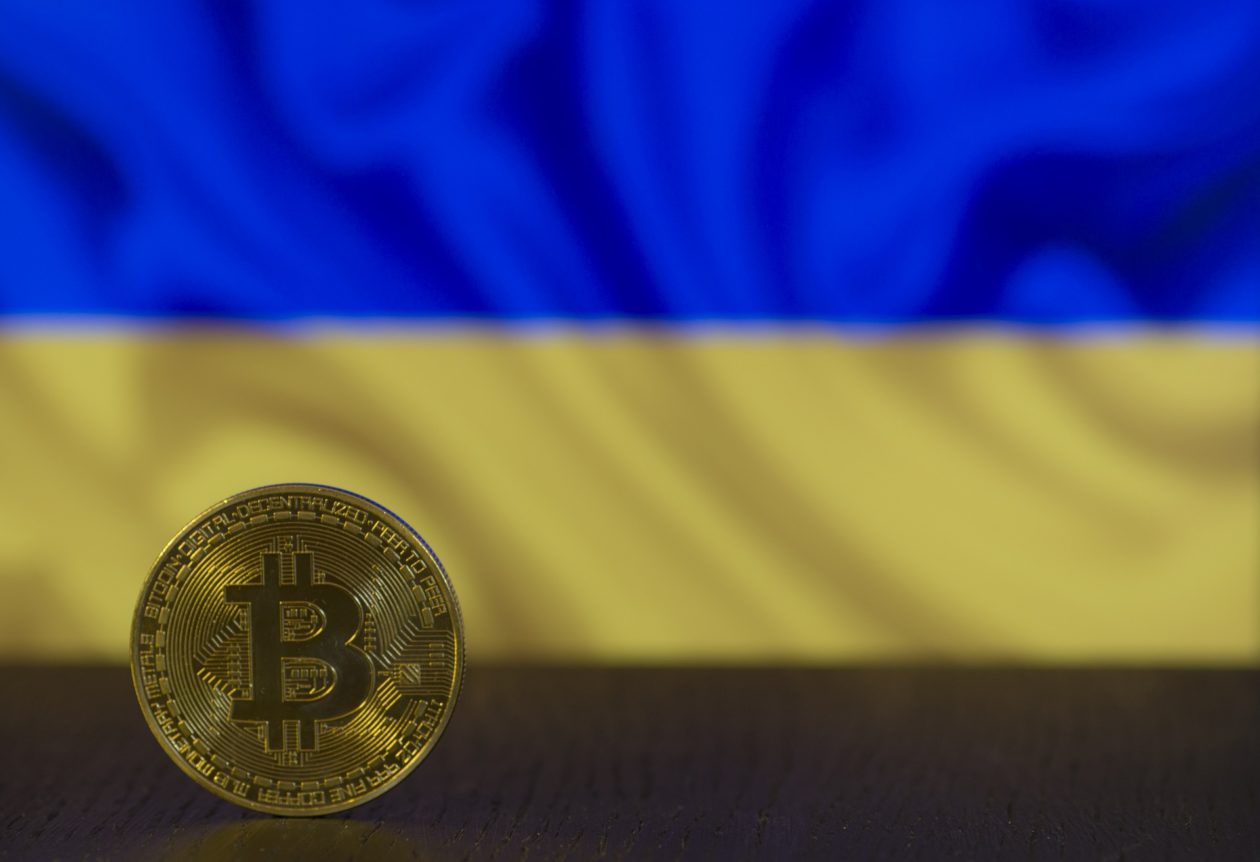The Ukrainian government has enforced its financial warfare against Russia by targeting citizens and companies allegedly using cryptocurrencies to fund the Kremlin’s military operations.
President Volodymyr Zelenskyy announced the new sanctions on Sunday, emphasising the role of digital assets in sustaining Russia’s war efforts.
According to local media outlet RBC Ukraine, the sanctions, formulated in collaboration with the National Bank of Ukraine, target 60 companies and 73 Russian nationals.
Ukraine’s President stresses the sanctions goals
Zelenskyy noted the importance of these sanctions, stressing that Russia has turned to cryptocurrencies as traditional banking channels face restrictions.
“Just through one company, which is now on the sanctions list, Russians transferred several billion dollars since the beginning of this year,” he said. “Most of these funds went to support their military industry.”
The Ukrainian government is pushing for coordinated action with the European Union and other allies to maximise the impact of these sanctions.
The move is part of an effort to stop Russia’s use of digital assets to evade international sanctions. Since legalising crypto payments for cross-border trade in 2024, Russian entities, including pro-war groups, have raised millions in cryptocurrency to bypass banking limitations.
While Russia faces growing pressure, Ukraine has effectively leveraged cryptocurrencies for its defence. Since the invasion began in February 2022, the country has received over $200 million in crypto donations, ranking among the top nations for crypto adoption.
Zelenskyy confirmed that additional measures are in the works, including further alignment with EU sanctions.
“All European packages against Russia must be implemented under Ukrainian jurisdiction,” he said. “Likewise, our Ukrainian sanctions should be recognised in the European Union.”
Crypto firms exit Russia amid sanctions
The sanctions have also prompted major crypto platforms to sever ties with Russian users. In February, Deribit, a Netherlands-based exchange, announced that it would fully restrict Russian nationals and businesses unless they met specific exceptions.
By March 29, the platform enforced trading restrictions and account closures, allowing only Russian users in the European Economic Area or Switzerland to continue trading.
Impacted users were placed in reduced-only mode, permitting them to close existing positions but not open new trades. Withdrawals remain available even after the final closure date.
A coordinated global effort
The president stressed the importance of international cooperation in enforcing these sanctions.
“We will work on each one with our partners to combine sanctions—ours and European, ours and those of other significant jurisdictions worldwide,” he said.
Ukraine has already synchronised its sanctions with the EU’s 9th through 14th packages, demonstrating its commitment to a unified front against Russian aggression.











